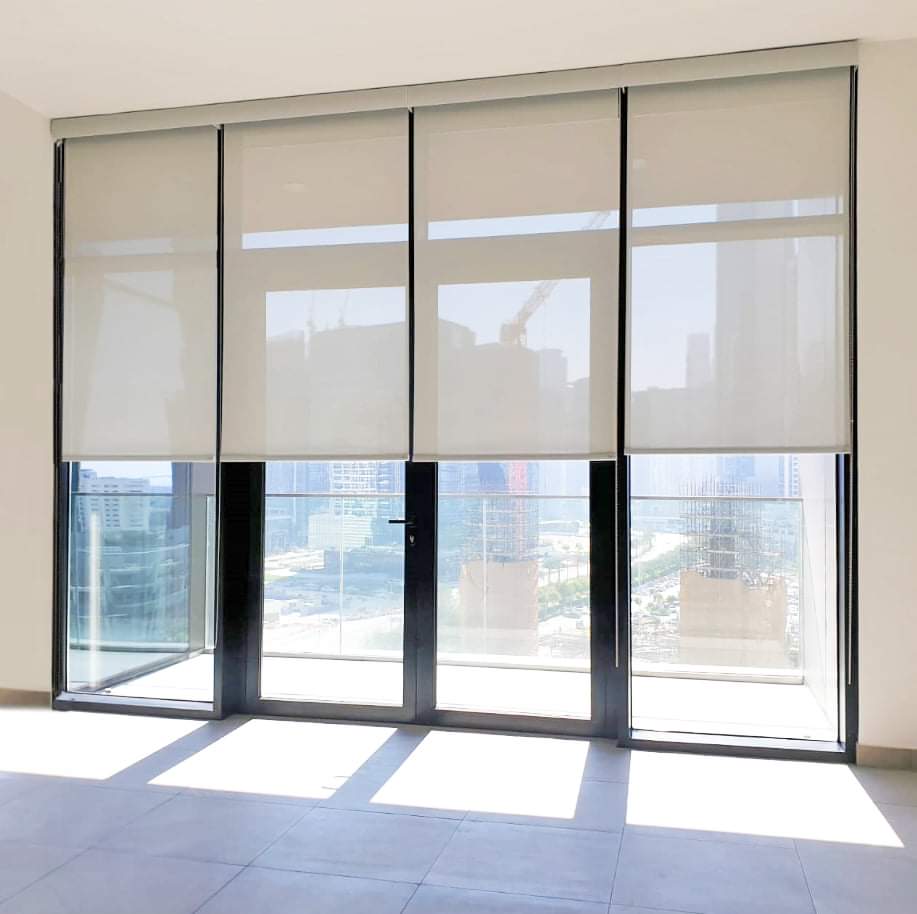What is the work of a Sofa Repairing?
Although a couch is used primarily for seating, it may be used for sleeping.
Introduction:
Sofa Repairing Furniture is an important aspect of our homes, providing comfort and style. However, over time, even the best-made furniture can suffer wear and tear. A Sofa Repairing is one of the most used pieces of furniture in the house, and it’s not uncommon for it to start showing signs of wear and tear. Before you consider replacing your sofa, consider sofa repairing it. Not only is this an eco-friendly option, but it can also save you a considerable amount of money.

Assessing the Damage:
Sofa Repairing Before you begin repairing your sofa, it’s essential to assess the damage. If the damage is too extensive, it may not be worth the effort to repair it, and you might consider replacing it instead. Some common problems with sofa Repairing include:
- Torn or frayed fabric
- Broken or wobbly legs
- Sagging cushions
- Broken springs or frame
If the damage is minor, you can probably repair it yourself with some basic tools and supplies. However, if the damage is more significant, you may need to hire a professional.
Gathering Supplies:
Sofa Repairing Once you have assessed the damage, you can begin gathering the supplies you need to repair your sofa. Some of the items you may need include:
- Fabric glue or needle and thread
- Screwdriver
- Sandpaper
- Screws
- Wood filler
- Paint or stain
It’s important to choose supplies that are suitable for your sofa’s material and color. If you’re unsure what to use, consult a professional or check with the manufacturer of your sofa.
Repairing the Fabric:
If your sofa’s fabric is torn or frayed, you can repair it using fabric glue or a needle and thread. To use fabric glue, simply apply a small amount to the edges of the tear and press them together.
Allow the glue to dry completely before using the sofa Repairing. If you prefer to sew the tear, use a needle and thread that match the color of your fabric. Stitch the tear closed, taking care not to make the stitches too visible.
Fixing Broken or Wobbly Legs:
Broken or wobbly legs can be easily fixed with a screwdriver and screws. First, locate the screws that attach the legs to the frame.
If the screws are stripped, remove them and fill the holes with wood filler. Once the filler has dried, drill new pilot holes and insert new screws.
If the legs are wobbly but not broken, tighten the screws to secure them.
Supporting Sagging Cushions:
Sagging cushions can be uncomfortable and unsightly. To fix them, you can either replace the foam inserts or add additional support.
If you choose to replace the foam, measure the size of the cushions and purchase new foam inserts. Cut the foam to size, wrap it in batting, and insert it into the cushion covers. If you prefer to add support, you can place a piece of plywood under the cushions. This will provide a firm base for the cushions and prevent them from sagging.
Replacing Broken Springs or Frame:
If your sofa’s springs or frame are broken, it can be difficult to repair them yourself. In this case, you may need to hire a professional. A professional can assess the damage and determine the best course of action, which may include replacing the springs or frame.

Conclusion:
Repairing a used sofa can be an economical and eco-friendly alternative to replacing it. By assessing the damage, gathering the necessary supplies, and following.
FAQS:
Is it possible to Repair a sofa?
If there is a problem with cushions, fixing them is easy, but if there is something wrong with the springs or the frame, you can fix them using various Ronix tools depending on the damage level. Check your couch to find the cause of the sag; Search for probable broken frames, springs, or sagged cushions.
How do you repair damaged furniture?
One common home remedy is to mix canola oil (or olive oil) with vinegar. Use 3 parts oil to one part vinegar and apply some of the mixtures to a soft cloth and rub the furniture. This will make your wood pieces as good as the day you first bought them. The combination of oil and vinegar can also repair scuffs with ease.
What is the definition of a sofa?
sofa. noun. so·fa ˈsō-fə: a long upholstered seat usually with arms and a back and often convertible into a bed.
Why a good sofa is important?
The sofa offers a nice and soft place to lie down quietly after a long and hard-working day.



